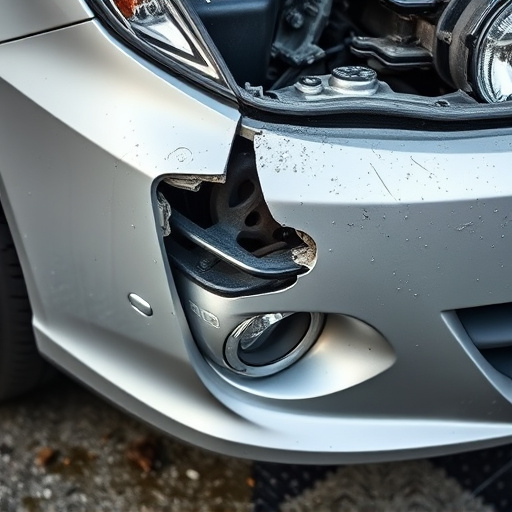By 2025, digital claims documentation services powered by AI and machine learning will revolutionize traditional paper processes, enhancing speed, precision, and accessibility across industries. These innovations streamline claim handling from start to finish, benefiting insurance providers and policyholders with higher accuracy and faster settlements, while simplifying processes for auto repair shops through digitized documentation.
In 2025, the landscape of claims documentation is undergoing a significant transformation. As industries evolve and consumer expectations rise, efficient and accurate claims handling becomes paramount. This article explores the crucial role of advanced claims documentation services in streamlining processes across sectors. By leveraging technology, these services enhance precision, speed, and customer satisfaction. We delve into how improved documentation benefits insurers, claimants, and businesses alike, ensuring a more resilient and responsive claims management ecosystem.
- Understanding the Evolving Landscape of Claims Documentation
- Technology's Role in Streamlining Claims Process in 2025
- Enhancing Accuracy and Efficiency: Benefits for All Stakeholders
Understanding the Evolving Landscape of Claims Documentation

The landscape of claims documentation is constantly evolving, driven by technological advancements and changing industry standards. In 2025, as we navigate an increasingly digital world, efficient and accurate claims documentation services are more crucial than ever. The traditional paper-based processes are being replaced by streamlined digital solutions that enhance speed, precision, and accessibility.
This shift is particularly significant for sectors like auto repair and vehicle body shop services where detailed, well-documented claims play a vital role in ensuring fair compensation and smooth customer experiences. Digital claims documentation services offer real-time updates, efficient data management, and improved communication between insurance providers, customers, and repair shops, ultimately revolutionizing the way claims are handled.
Technology's Role in Streamlining Claims Process in 2025

In 2025, technology will play a pivotal role in streamlining the claims documentation service process, making it more efficient and effective than ever before. Advanced digital tools and platforms are set to revolutionize how insurance companies manage and process claims, from initial report submission to final settlement. These innovations aim to reduce paperwork, minimize human error, and expedite overall claim handling.
For instance, the integration of artificial intelligence (AI) and machine learning algorithms can automate various tasks within the claims documentation service, including data extraction from documents, identifying patterns in fraudulent claims, and even assessing the extent of damage in cases such as luxury vehicle repair or car body restoration, including intricate fender repairs. This not only speeds up the process but also ensures higher accuracy, benefiting both insurance providers and policyholders alike.
Enhancing Accuracy and Efficiency: Benefits for All Stakeholders

In the fast-paced world of 2025, where time is a valuable commodity, the implementation of a robust claims documentation service has become increasingly vital for all stakeholders involved in the insurance process. This technology revolutionizes traditional methods, offering enhanced accuracy and efficiency in managing claims, particularly in sectors like car repair shops and automotive body work businesses. By digitizing documentation, these services streamline the often complex and time-consuming tasks of filing, verifying, and processing claims.
For car repair shops and even classic car restoration specialists, a well-organized claims documentation service can significantly reduce administrative burdens. It ensures that every detail related to an insurance claim—from the initial assessment of automotive body work damages to the final cost estimates—is accurately documented and easily accessible. This accuracy benefits all parties, leading to faster settlement times, improved customer satisfaction, and reduced costs for insurers and repair shops alike.
By 2025, the claims documentation service will be a cornerstone of efficient and accurate insurance processes. Technological advancements will automate mundane tasks, reducing human error and processing times. This evolution ensures that all stakeholders—from insurance providers to policyholders—enjoy enhanced benefits, fostering a more robust and responsive claims management system. Embracing these changes is key to staying competitive in the dynamic insurance landscape of the future.














